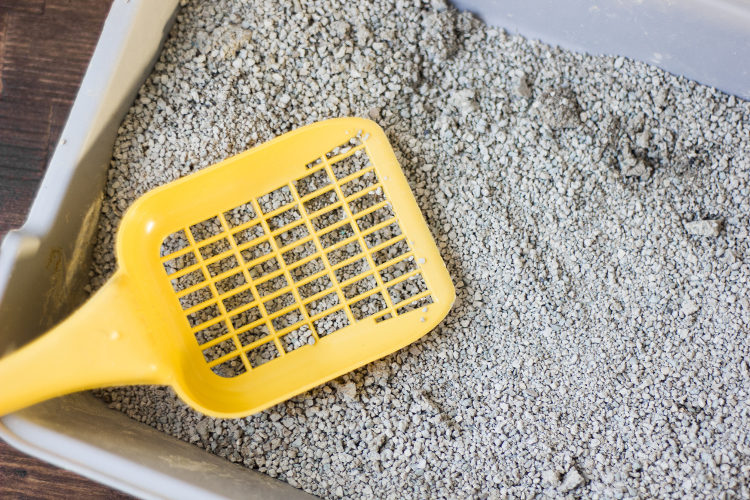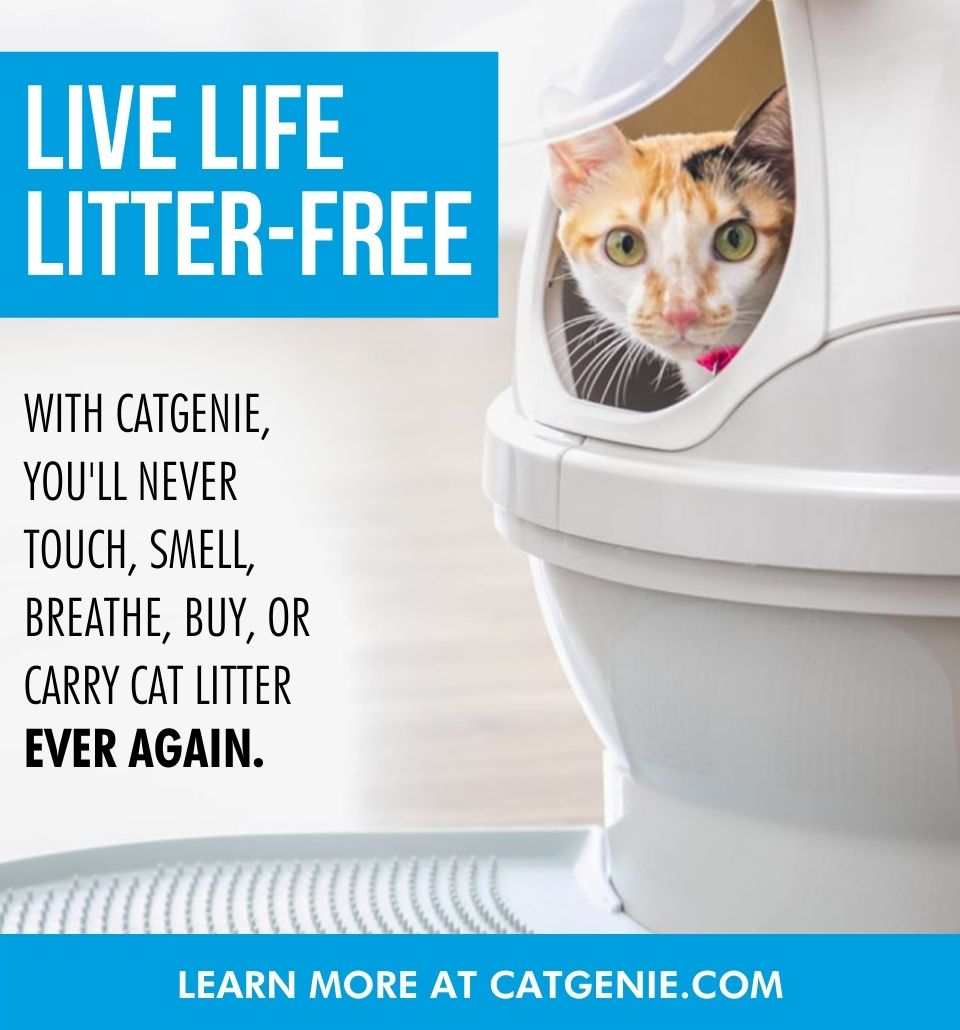
Cat litter can be a dirty business, with a huge impact on the environment – and we’re not just talking about what comes out of our precious kitties! If you’re interested in safeguarding our world and leaving the Earth a better place, you have to look beyond your personal carbon print – you should examine how your pets are impacting the environment as well. For cat owners, that means facing the litter problem.
Besides, switching to greener products could be beneficial to your cat’s health as well!
HOW CAT LITTER IS MADE
The oldest form of cat litter – well, after the boxes of ashes or sand people used prior to 1950 – is clay-based, thanks to clay’s great absorbent properties. Most scoopable cat litter is an extension of the format, adding sodium bentonite (a specific type of clay) which forms clumps when exposed to moisture. According to Stanford’s Eco Advice: “Digging Deeper: The Scoop on Cat Litter,” 75% of cat litters on the market are made using bentonite clay.

Strip mining is as bad as it sounds. Also known as surface mining, the mining company bulldozes everything at surface level, then removes the topsoil down to the desired mineral. This type of mining destroys the local environment, displaces wildlife due to habitat loss, and can contaminate water tables. Many mining companies today (often thanks to state laws) have improved their practices to include restoring the stripped land by reclamation. However, this process is of questionable benefit from a conservation perspective.
OTHER COSTS
We haven’t even discussed the industrial footprint involved in the physical process of all this mining! There are enormous energy costs in mining the clay, baking it dry, then crushing and rolling it to achieve the desired litter texture – not to mention the cost of burning additional fossil fuels to transport this heavy product around the world.
Then there’s the matter of waste. Clay and silica-based litters are not biodegradable – they’re already in their final form – clay or silica. It’s not going to break down. Instead, it’s going to sit in our landfills and not go anywhere, continuing to pile up. According to the Washington Post, in the United States, there are 5 billion pounds of clay mined each year to be used for kitty litter.

Another form of waste that is primarily unavoidable with regular cat litter is the packaging it comes in. Litter has to be transported from the store and into the home somehow and that usually involve huge tubs of plastic or large plastic bags. This plastic isn’t easily recycled – if it’s able to be recycled at all – leaving more pounds of trash to collect in landfills for decades to come.
CHOOSING GREENER PRODUCTS
One way to improve and limit your environmental impact with cat litter is to switch to a renewable type of litter made from plant-based materials. You can find litters made from wood (cedar chips, pine pellets), wheat, beet pulp, and other biodegradable substances. These alternatives still require you to scoop and deal with cat litter. Therefore, the best way to avoid the environmental impacts of cat litter is to stop using cat litter.
OR ELIMINATE THE NEED FOR LITTER COMPLETELY

Another option is CatGenie – an automatic self-washing cat box that uses Washable Granules rather than high environmental cost, dirty, dusty cat litter. The Washable Granules are 100% dust-free and are safe to flush in septic and sewer systems because they will naturally be broken down by bacteria over time. But the best thing about them is that they are reusable and never need changed! A small box can last for months and months. Not only that, but the SaniSolution needed to clean the bowl and Granules comes in a recyclable cartridge while the Granules come in a recyclable cardboard box.
Even fuzzy feet with adorable toe beans leave carbon footprints, so get out there and go green with your cat box!!
FURTHER READING
Digging Deeper: The Scoop on Cat Litter
Kitty, Litter Not! 6 Cheap Ways to Reduce Your Pet’s Environmental Impact
Written by Deborah Brannon






